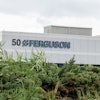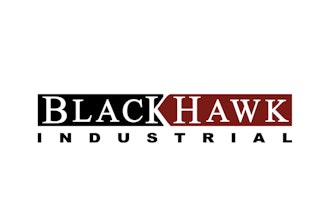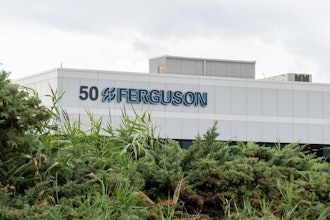WASHINGTON (AP) — Industrial production rose in December by the largest amount in five months, providing the economy with solid momentum heading into the new year.
Activity at the nation's factories, mines and utilities increased 0.8 percent last month, the Federal Reserve said Friday. Industrial production was up in every month but one in 2010.
Overall industrial activity has risen 11 percent since hitting its recession low in June 2009. But it is still 6 percent below its peak reached in September 2007.
Factory production, the biggest slice of industrial output, rose 0.4 percent, the sixth straight monthly increase. Makers of computers and electronic products, clothing and leather, chemicals and other products were among the industries seeing gains. But auto production dipped.
"Manufacturing looks like it is doing its job and moving the economy ahead," said John Silvia, chief economist at Wells Fargo.
Other economic reports showed:
— Retail sales rose for a sixth consecutive month in December, the Commerce Department said. Sales are 13.5 percent above the recession low hit in December 2008.
— Consumer prices rose 0.5 percent last month, the largest increase in 18 months and a reflection of rising gas prices, the Labor Department said. But outside of energy costs, there was little sign of widespread inflation. Core inflation, which strips out volatile energy and food, was up just 0.1 percent in December.
— U.S. businesses added to their inventories for an 11th consecutive month in November as sales posted another strong increase, Commerce said.
Rising factory production has played a crucial role in lifting the economy out of the recession.
Factories started producing more as U.S. companies placed more orders to replenish stockpiles that they slashed during the downturn. Then in the final months of 2010, consumers and businesses showed a bigger appetite to spend, encouraged in part by the improving economy.
A recovering global economy, meanwhile, also is helping. Sales of U.S. exports to foreign countries has been a key force supporting U.S. economic growth.
Stronger U.S. factory production, however, has only recently led to more hiring at factories.
Employment in manufacturing grew by 10,000 in December, the first increase since July. Factory workers' hours stayed the same last month, as did their overtime.
Friday's report also showed that production at gas and electric utilities rose 4.3 percent in December, marking the second straight monthly gain. Unusually cold weather boosted demand for heating. Output at mines rose 0.4 percent, after dipping in November.
For all of 2010, industrial production dipped only once — in October. The decline happened only because unseasonably warm weather led to a sharp drop at utilities.
The percentage of factory space used for production and other industrial capacity in use last month rose to 76 percent.
It dropped to a recession low of 68.1 percent in June 2009, the final month of the downturn. When activity is booming, as it was in the late 1990s, industrial companies ideally use about 80 percent of their capacity. If it gets much higher, it signals concerns about inflation because it means demand for goods is rising faster than companies can produce.
At the current level of 76 percent, economists said there is still slack in the economy.
The Fed's expectation that inflation won't be a problem this year gives the central bank leeway to stick with its $600 billion bond-buying program to invigorate spending and economic activity.


















